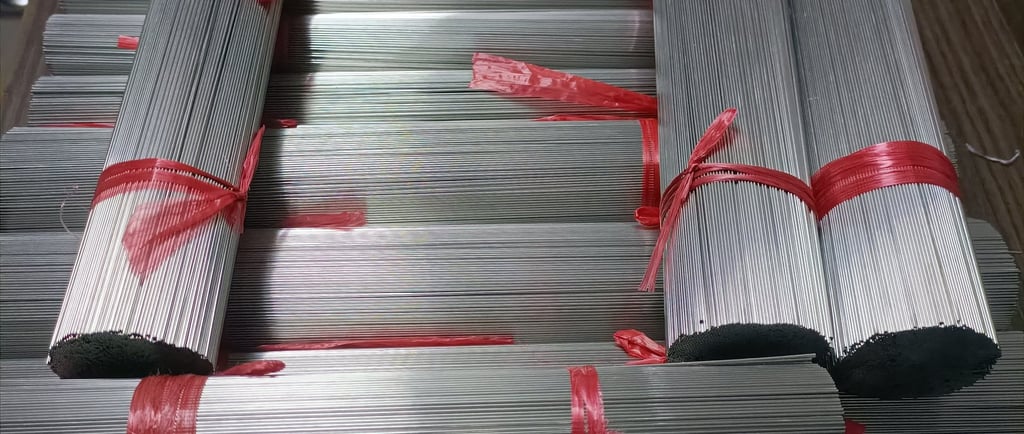Understanding Pressure Dynamics in Insulated Glass Production and Installation
7/27/20251 min read


The Impact of Latitude on Insulated Glass
The production and installation of insulated glass often occur within similar latitude ranges. This geographical factor plays a crucial role in the performance and structural integrity of double-glazed units. The air pressure inside double-glazed units generally equals the external air pressure when manufactured and installed under comparable conditions. However, complications arise when insulated glass manufactured at lower latitudes—such as at sea level—is installed at higher altitudes.
Exploring Pressure Differences
When relocating insulated glass from a low latitude region to a higher latitude, one must consider the variations in air pressure. It's a common misconception that the pressure inside the insulating glass remains constant and equivalent to that of the outside atmosphere. However, this assumption does not account for the different pressure systems present at varying altitudes. When the double-glazed units are subjected to the elevated conditions of higher latitudes, they experience pressure discrepancies, which can lead to visible deformation and, in some cases, catastrophic failures such as bursting.
Mitigating Risks in Installation
To prevent issues associated with pressure disparities in double-glazed units, it is essential to understand the climatic and atmospheric conditions surrounding both manufacturing and installation sites. One approach to mitigating these risks is to calculate the expected internal pressure changes during installation and ensure that the structural design can accommodate such variances. Furthermore, utilizing appropriate sealing and frame materials can enhance the durability of insulated glass when subjected to differential air pressure.
In conclusion, understanding the relationship between air pressure and the installation of insulated glass—specifically, how pressure dynamics shift with changes in latitude—is crucial for architects, builders, and manufacturers. Bridging this knowledge gap not only safeguards the aesthetic qualities of insulating glass but also enhances the functional lifespan of these essential building materials.